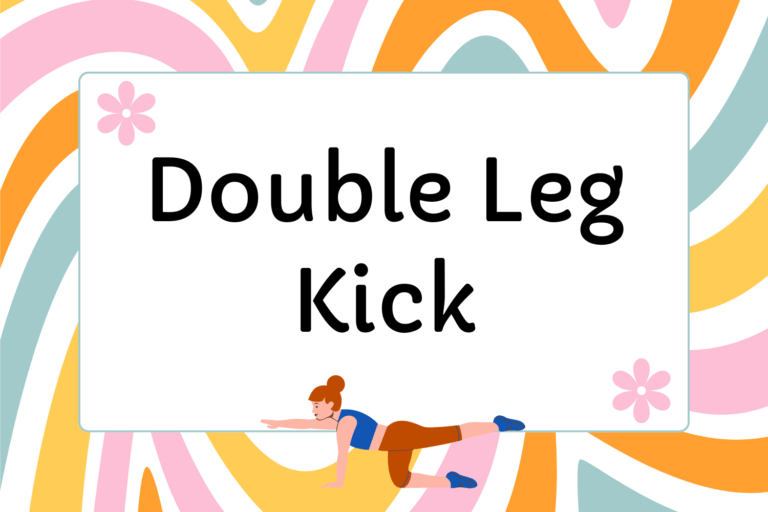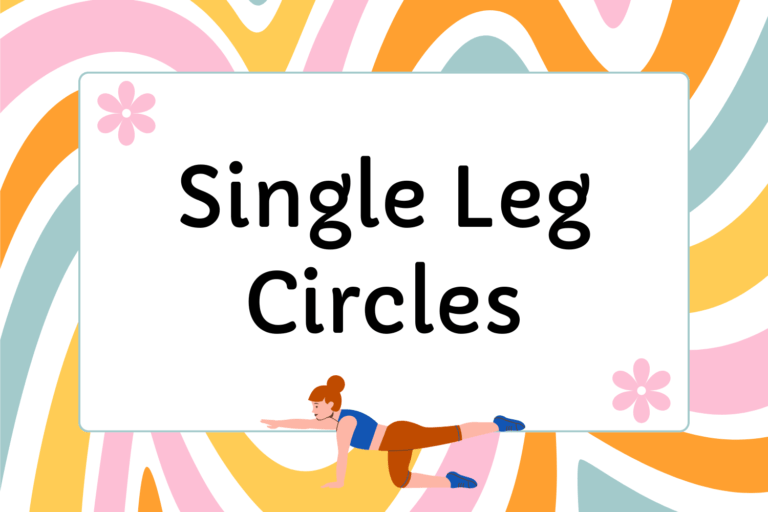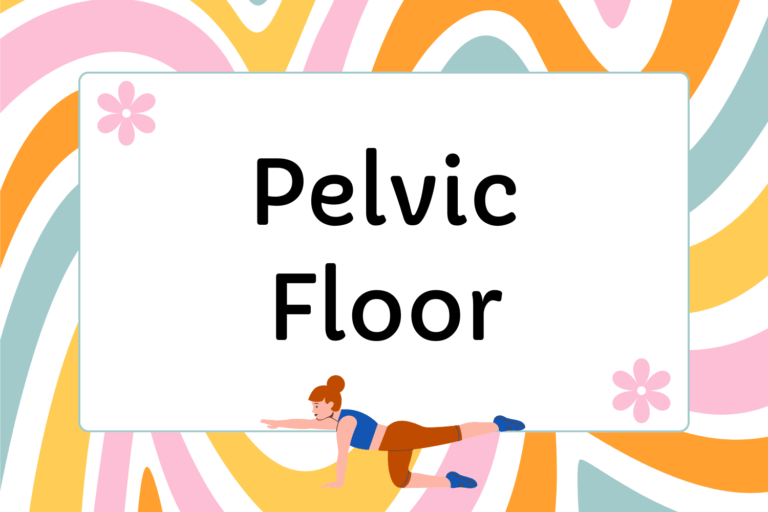Breathing, in addition to being vital for human life, is one of the fundamental principles of Pilates. In Pilates, the breath is coordinated with each movement. Having proper breathing techniques is a crucial element to correctly performing the exercises. The Pilates method of breathing is to have deep inhalations and full exhalations, both done with awareness and focus. Joseph Pilates recognized that many people breathe shallowly, only bringing air into the top portion of the lungs. This constricts the flow of air, increases stress, and can lead to fatigue. But full, deep breaths help to oxygenate the blood, which is energizing and rejuvenating. Pilates breathing techniques also help to cleanse the body of toxins through the lymphatic system. These techniques also help you connect the body and mind by coordinating each movement with the breath.
In Pilates, you breathe in through the nose and out through the mouth. With every inhalation, the ribs expand to the sides and into the back. On the exhalations, the abdominal muscles are pulled in tight toward the body’s center (the powerhouse). This technique is called lateral breathing because of the way your ribs expand and contract to the sides and back. Lateral breathing helps prepare the body for movement and exercise, while also protecting the muscles of the back and around the spine. When practicing lateral breathing, inhale as you expand and lengthen the body and exhale as you pull the body inward toward its center. Keep reading to learn how to feel the expansion and contraction of your ribs as you practice lateral breathing.
“Even if you follow no other instructions, learn to breathe correctly.”
Joseph H. Pilates
Instructions
This exercise requires an exercise band or a yoga strap. If you don’t have either of those, you can use a scarf, necktie, piece of ribbon, or you can simply place your hands on your ribcage.
- Sit or stand tall with your spine straight. Wrap the exercise band around the lower portion of your ribcage and tie it snugly at the front of your chest.
- As you inhale through your nose, bring your awareness to your back and the sides of your ribcage, where your lungs are located. Imagine your lungs are balloons, gently swelling with air on your inhalation. You should feel the band tightening as the sides and back of your ribs expand and widen.
- Let your mouth drop open softly as you exhale through your mouth, but do not puff your cheeks or tighten your lips. As you exhale, imagine the air is being squeezed out from the bottom of your lungs. You should feel the band loosening slightly as your ribs gently compress. Exhale fully, expelling all of the air from your lungs. Engage your abdominal muscles as you exhale.
- Continue breathing laterally. Feel your ribcage expanding outward and back on your inhalations. Exhale fully with each breath, allowing your ribcage to gently contract. Breathe with awareness and focus.
Modifications & Tips
Lateral breathing will help you maintain your focus, correct posture, and a calm mind during your Pilates workout. Keep the following information in mind when you’re practicing lateral breathing:
- Do not hold your breath when performing Pilates exercises.
- Do not force your inhalations. Your in-breath should feel comfortably full, not stuffed.
- Keep your upper body steady and relaxed as you breathe. Do not allow your shoulders to rise when you inhale or to be pulled down when you exhale. The only movement should be in the lateral expansion of your ribcage.
- Keep your spine straight and long.
- Relax your neck and jaw.
- Inhale through your nose and exhale through your mouth.
- Exhale fully, expelling all of the air from your lungs.
- Pull your navel to your spine on your exhalations, engaging your abdominal muscles.
Breathe Fully
If you’re new to Pilates, it might take some time to get used to lateral breathing. It can be difficult to coordinate the movement of your abdominal muscles with your breath, and coordinating both of those with the rest of your body! With practice, though, it will become easier and more fluid. You might discover that correct breathing actually makes some of the exercises easier!





